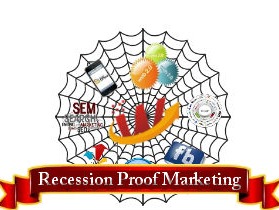
Meta's Timeline Decision: A User-Centric Shift on Social Media
In a notable ruling, a Dutch court has mandated that Meta, the parent company of Facebook and Instagram, must provide users with simplified options to select non-algorithmic timelines. This decision has the potential to reshape user experiences on these widely used platforms. As it stands, users currently have the option to switch to a chronological timeline, but Meta’s design subtly encourages them towards a more algorithm-driven feed. This manipulation, often seen as a ‘dark pattern,’ has spurred user discontent and regulatory scrutiny.
Understanding the Implications: The EU's Digital Services Act
The ruling stems from the European Union's Digital Services Act (DSA), which emphasizes transparency in online platform operations. Article 27 of the DSA explicitly requires Meta to not only communicate its algorithmic parameters clearly but also ensure users can easily change their feed selections right from the timeline interface. The court's decision reflects a growing demand for enhanced user autonomy and a counteraction to algorithmic control over user content consumption.
The Push for Simplicity: What Users Really Want
While Meta has previously reintegrated a chronological option into its platforms, the fact remains that users must navigate a complex interface to access it. The court recognized this challenge, highlighting that the features designed to promote algorithmic content often obscure the choices for non-profiled feeds. It raises a pertinent question: is the convenience of algorithm-driven content worth sacrificing user control? According to the court, the answer lies in the necessity for users to have straightforward, accessible choices concerning their timelines.
What Happens Next? Meta's Response and Future Outlook
Despite the ruling, Meta plans to appeal, insisting that it has made significant adjustments to comply with DSA requirements. This response may be indicative of a wider reluctance in the tech industry to relinquish algorithm control, despite user preferences. However, if this ruling holds, it could prompt further regulatory action across Europe that enforces user rights and compels social media companies to rethink their engagement strategies.
A Wider Context: The Importance of User Freedom in Social Media
Bits of Freedom, the digital rights group behind the lawsuit, argues that the current design of platforms undermines user agency. This case is more than just about timelines; it emphasizes the right to information and the ability to make independent choices online. The implications of this ruling might reverberate beyond the Netherlands. As discussions on digital rights are gaining momentum, how Meta responds could very well shape the landscape of social media regulations moving forward.
What Can Users Do? Advocating for Transparency
As social media users, understanding your rights and advocating for transparency in platform design is essential. Staying informed on user options can enhance your engagement experience and ensure your preferences shape the content you consume. This recent ruling highlights the significance of being proactive about how technology influences daily interactions.
The Future of Social Media: Redefining User Interaction
The decision suggests a pivot towards more user-centric platform designs, potentially marking a shift away from highly controlled algorithmic feeds. As platforms are pushed to provide users with genuine choices, we could witness a renaissance of chronological feeds, appealing to those craving simplicity amidst digital complexity. With mounting pressure on tech giants, users may soon find themselves more empowered to influence their online environments.
 Add Row
Add Row  Add
Add 




Write A Comment